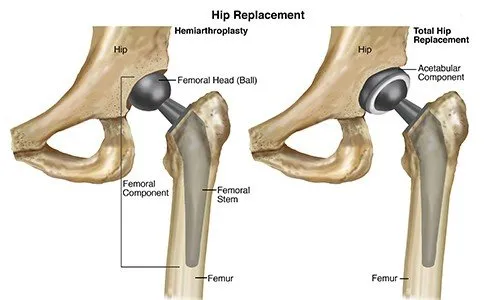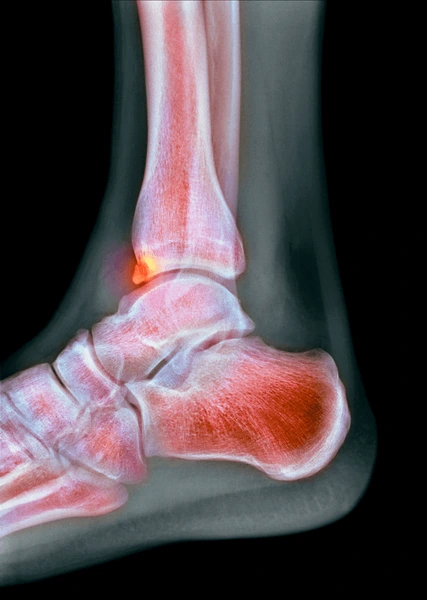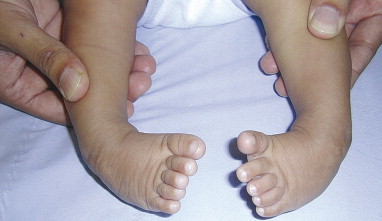Erb’s Palsy is typically caused by trauma during childbirth. The most common scenarios include:
- Difficult Delivery: When a baby’s shoulders are too large to pass through the birth canal easily (shoulder dystocia), excessive pulling or stretching of the infant’s head and neck can occur.
- Breech Births: Babies born feet-first may experience excessive pressure on their arms and shoulders.
- Prolonged Labor: Lengthy labor can increase the risk of nerve damage due to prolonged pressure on the infant’s shoulders.
- Use of Assisted Delivery Tools: The use of forceps or vacuum extraction can sometimes lead to nerve injuries in newborns.
Symptoms of Erb’s Palsy
The severity of Erb’s Palsy can vary, but common symptoms include:
- Weakness in One Arm: The affected arm may have limited movement or be limp.
- Loss of Sensation: There may be a lack of feeling in the affected arm or hand.
- Paralysis: In severe cases, complete paralysis of the arm can occur.
- Positioning: The arm may be bent at the elbow and held against the body in an abnormal posture.
Diagnosing Erb’s Palsy
Diagnosis is usually made through a physical examination shortly after birth. Doctors may look for the characteristic signs of limited movement and abnormal positioning. Additional diagnostic tools include:
- Electromyography (EMG): To assess the electrical activity of the muscles.
- Nerve Conduction Studies: To evaluate the function of the nerves.
- Imaging Studies: MRI or ultrasound may be used to visualize the extent of nerve damage.
Treatment Options for Erb’s Palsy
Early intervention is key to improving outcomes for children with Erb’s Palsy. Treatment options include:
Physical Therapy:
- Stretching and Strengthening Exercises: Regular exercises can help improve muscle strength and range of motion.
- Range-of-Motion Exercises: These exercises can prevent joint stiffness and improve mobility.
- Tactile Stimulation: To improve sensory function and proprioception in the affected arm.
Occupational Therapy:
- Fine Motor Skills Training: To enhance the child’s ability to perform daily activities.
- Adaptive Techniques: To assist with self-care and functional tasks.
Surgical Intervention:
- Nerve Grafts or Transfers: In severe cases, surgery may be necessary to repair or replace damaged nerves.
- Muscle and Tendon Transfers: To improve arm and hand function.
Botox Injections:
- These may be used to reduce muscle stiffness and improve movement.
Orthopedic Interventions:
- Splinting and Bracing: To support the arm and hand, maintaining proper positioning.
Prognosis and Long-Term Outcomes
The prognosis for children with Erb’s Palsy varies. Many infants with mild cases recover fully with early and consistent therapy. However, severe cases may result in permanent weakness or paralysis. Continuous monitoring and follow-up with healthcare providers are essential to address any emerging issues and to modify treatment plans as needed.
Support and Resources
Support groups and resources can provide valuable assistance to families dealing with Erb’s Palsy. Connecting with other parents and caregivers can offer emotional support and practical advice. Organizations such as the United Brachial Plexus Network (UBPN) provide a wealth of information and resources for families affected by this condition.
Conclusion
Erb’s Palsy, while challenging, is a condition that can often be managed effectively with early intervention and a comprehensive treatment plan. Understanding the causes, recognizing the symptoms, and exploring various treatment options can help ensure the best possible outcomes for affected children. Parents and caregivers play a crucial role in the ongoing care and support of their child, making a significant difference in their child’s quality of life.






